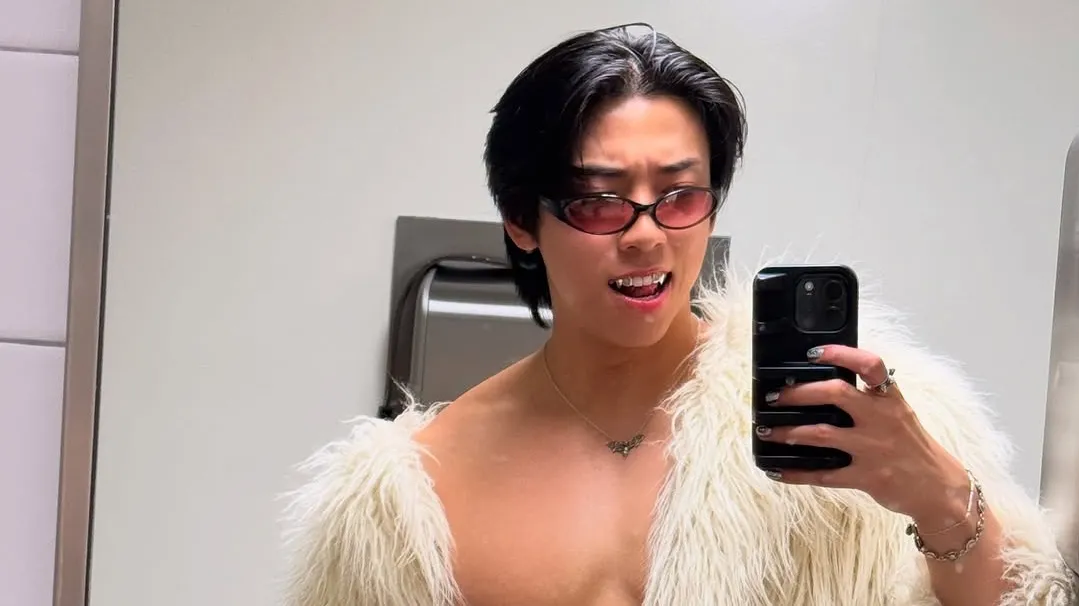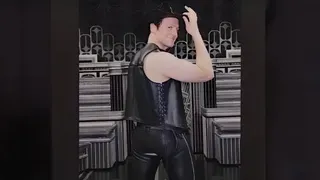April 18, 2012
Years Later, Versailles Models Still Walking the Walk
Mark Thompson READ TIME: 3 MIN.
NEW YORK (AP) - They didn't really know it at the time, but the black models who walked in the Versailles fashion face-off in France in 1973 carved a path on the catwalk for generations to come.
Lately, though, there has been some erosion - not just for black models, but for models overall, says Bethann Hardison, one of those trailblazers who now spends most of her time on the other side of the business as a casting director, agent and adviser.
"The 'fashion model' has become extinct. They are no longer muses, they are girls with clothes on them," says Hardison. "In the early and mid-'90s, things started to change and diversity got lost."
She's talking about skin color, body types, hairstyles - anything that shows personality, she explains. "Now designers, they don't want models to be so recognizable. They are picking girls you wouldn't notice. They want the girls to walk front to back, and tell them, 'Don't smile, don't swing your hips, don't do anything but walk.'"
Back at Versailles, when a group of upstart American-based designers, including Halston, Anne Klein and Bill Blass, unexpectedly beat French couturiers in a fashion competition that really put the U.S. sportswear industry on the map, Hardison says she was expected to work the crowd. "Halston said, 'Bethann, we're counting on you.' At rehearsal, I couldn't bring it, I was so nervous, but in the show, when the moment came, fear made me go down there and do it for the team, and I did it."
There were almost a dozen black models on the runway, which was unheard of at the time. It showed the Americans as modern, especially compared with the more old-school, rarified styles of Pierre Cardin, Yves Saint Laurent and Hubert de Givenchy.
Many of the models continued with steady catwalk work through the 1970s and '80s, perfecting unique looks that designers would use as inspiration.
Hardison says designers weren't using them to make a social statement; they were trying to reflect the new global audience they were speaking to. Some designers and brands continue to do that today, she observes, but too many are caught up in having that blank canvas they think won't distract from their clothes.
Hardison recently took a turn in front of the cameras again, joining Alva Chinn and Pat Cleveland, among others, in a spread celebrating that almost 40-year-old fashion show in the May issue of O, The Oprah Magazine. She says it was great fun to do - remember, she's from the generation that likes hamming it up - but, more important, she hopes it was a life lesson in confidence for the up-and-coming, younger black models, including Joan Smalls and Kinee Diouf, who shared the pages with them.
The genesis of the story and photo shoot was a chance request by The Huffington Post for O editor-at-large Gayle King to present the Versailles models with one of its Game Changer awards last fall. That was a few months after the Costume Institute at the Metropolitan Museum of Art honored them and just before ABC News did a segment. A book and documentary are also in the works, says Hardison. All the attention is nice, if unexpected so many years later, she adds.
"I guess we thought of it as a big 'another day' in fashion (in 1973), but it was also just another day. We didn't know it was iconic or historic, but nothing ever is until after it's done. You need the context at some given point in time, and people learn about something and say, 'Wow.'"
The Versailles models understood how to use their own unique looks and personalities to sell clothes, says Adam Glassman, O's creative director. These women were perfect for the magazine's age issue, he adds, because they are aging beautifully and with spunk.
"Had we not had these legends, I don't know where we'd be today in American fashion," he says.
___
Online:
http://www.Oprah.com/BattleofVersailles
___
A long-term New Yorker and a member of New York Travel Writers Association, Mark Thompson has also lived in San Francisco, Boston, Provincetown, D.C., Miami Beach and the south of France. The author of the novels WOLFCHILD and MY HAWAIIAN PENTHOUSE, he has a PhD in American Studies and is the recipient of fellowships at MacDowell, Yaddo, and Blue Mountain Center. His work has appeared in numerous publications.



